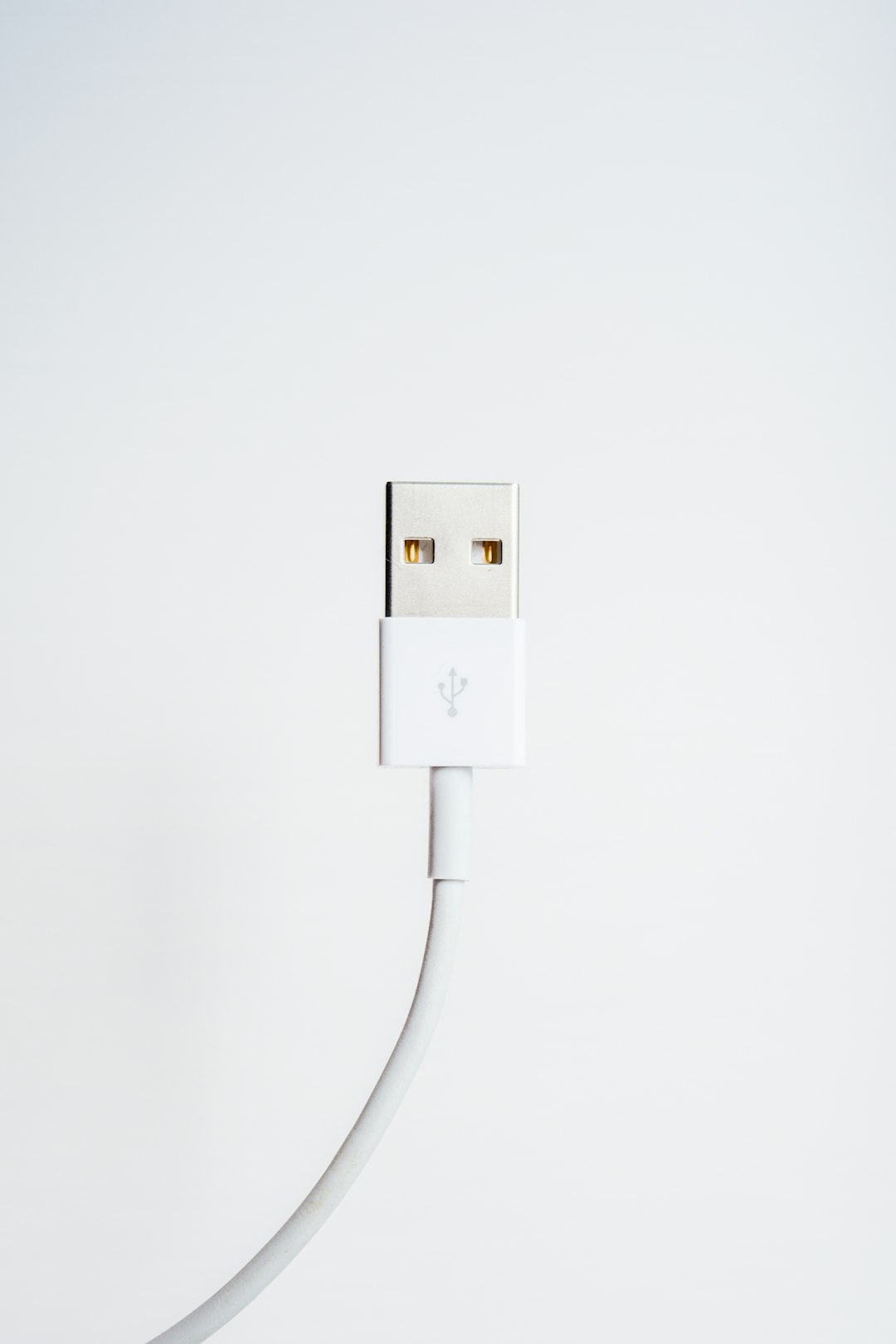
Table of Contents
- Introduction
- Problem Explanation
- Solution with Code Snippet
- Practical Application
- Potential Drawbacks and Considerations
- Conclusion
- Final Thoughts
- Further Reading
Introduction
🤔 Have you ever found yourself frustrated over managing message queues with massive traffic? Whether you're working in Laravel, Node.js, or any other backend framework, handling real-time notifications, alerts, or messages can often feel overwhelming. If you’re a developer juggling multiple technologies, balancing between data fetching and user interaction is crucial yet can be tedious.
In a world where “instant” is the name of the game, how can we enhance our applications to provide seamless experiences without crumbling under pressure? The answer may lie in a lesser-known Laravel package that has the power to revolutionize how we handle queues and event broadcasting: Laravel Echo.
In this blog post, we'll explore how Laravel Echo can make your life easier, reduce the complexity of managing real-time events, and ultimately help your application scale efficiently. Let’s dive in!
Problem Explanation
Many developers assume that setting up a real-time update system in their applications is akin to rocket science. With solutions like WebSockets, long polling, and traditional REST APIs, the process can seem convoluted and overwhelming. Common challenges include:
-
Scalability: Traditional approaches often stem from a monolithic architecture that struggles to scale. You end up sending updated data to all connected clients, which wastes bandwidth.
-
Complexity: Handling and managing multiple subscriptions, events, and broadcasting logic can quickly turn into a maintenance nightmare. You often find yourself writing repeated boilerplate code across different parts of your application.
-
Latency: Long polling and other traditional methods can create delays in communication, leading to a subpar user experience.
Here’s a straightforward example of making a manual WebSocket connection using pure JavaScript:
const socket = new WebSocket("ws://example.com/socket");
socket.onopen = function(event) {
socket.send("Hello Server!");
};
socket.onmessage = function(event) {
console.log("Message from server: ", event.data);
};
socket.onerror = function(event) {
console.error("WebSocket error observed:", event);
};
As you can see, even something seemingly simple can become complex rather quickly, especially when managing groups of connections, events, and ensuring consistent data across clients.
Solution with Code Snippet
Laravel Echo is a powerful solution that abstracts much of the complexity associated with real-time event broadcasting. It acts as a bridge between your Laravel backend and JavaScript frontend, making it simpler to manage broadcasts across your application.
Setting Up Laravel Echo
-
Installation: First, we need to install Laravel Echo and its dependencies. You can do this with npm or yarn:
npm install --save laravel-echo socket.io-client -
Configure Echo: Next, configure the echo in your
resources/js/bootstrap.jsfile.import Echo from 'laravel-echo'; window.Pusher = require('pusher-js'); window.Echo = new Echo({ broadcaster: 'pusher', key: 'your-pusher-key', cluster: 'your-cluster', forceTLS: true }); -
Broadcast an Event: You can now broadcast events easily from your Laravel application:
use App\Events\ExampleEvent; Route::get('/send-notification', function () { event(new ExampleEvent('Hello World!')); return 'Notification Sent!'; }); -
Listening for Events: Finally, set up a listener in your JavaScript code to handle incoming data:
Echo.channel('example-channel') .listen('ExampleEvent', (e) => { console.log(e.message); });
With just a few lines of code, you can set up a robust and scalable real-time system capable of handling multiple events simultaneously.
Why Laravel Echo Rocks
- Ease of Use: The API is straightforward, letting you focus on business logic rather than underlying logistics.
- Scalability: Use powerful backends like Pusher or Redis to easily scale as needed.
- Decoupling: By treating events separately you can modify or expand your architecture without impacting other parts.
Practical Application
Imagine you're building a chat application where real-time message delivery is essential. Instead of managing complex socket logic or HTTP polling, you can rely on Laravel Echo.
Real-world example:
- When a user sends a message, the front end broadcasts it using an event.
- All connected users listening on the same channel receive the message immediately without any extra configuration.
- This structure can also be utilized for notifications, live updates on dashboards, and collaborative applications.
By integrating Laravel Echo, you minimize the complexity of managing connections, freeing you up to write more dynamic and feature-rich applications.
Potential Drawbacks and Considerations
While Laravel Echo significantly streamlines event management, it's not without its challenges. Here are a few considerations:
-
External Dependencies: Using third-party services like Pusher may incur costs as user numbers scale up. Evaluate pricing plans and consider self-hosting alternatives if needed.
-
Learning Curve: If you're new to real-time event systems, it may take time to understand the intricacies of event-driven architectures effectively.
Mitigation Strategies
- Start with a small proof of concept to familiarize yourself with Laravel Echo and its broadcasters.
- Use local development environments or free limited tiers of services while prototyping to contain initial costs.
Conclusion
In summary, leveraging Laravel Echo will save you time, reduce complexity, and enhance the performance of your real-time applications. Whether you're building chat systems, notifications, or any other interactive interfaces, Laravel Echo makes managing events a breeze.
Highlighting efficiency and scalability, this package embodies modern programming principles. Don't let convoluted socket management bog you down—let Laravel Echo hold your hand while embracing real-time web technologies.
Final Thoughts
Give Laravel Echo a shot in your next project! We encourage you to experiment and discover how it can serve your needs. Have experiences or alternatives that differ? Please share in the comments below. 👇
And if you found this guide insightful, make sure to subscribe for more expert tips and progressive techniques that will fuel your development endeavors!
Further Reading
Focus keyword: Laravel Echo
Related keywords: real-time applications, event broadcasting, Laravel event-driven architecture, WebSockets in Laravel, Pusher service setup